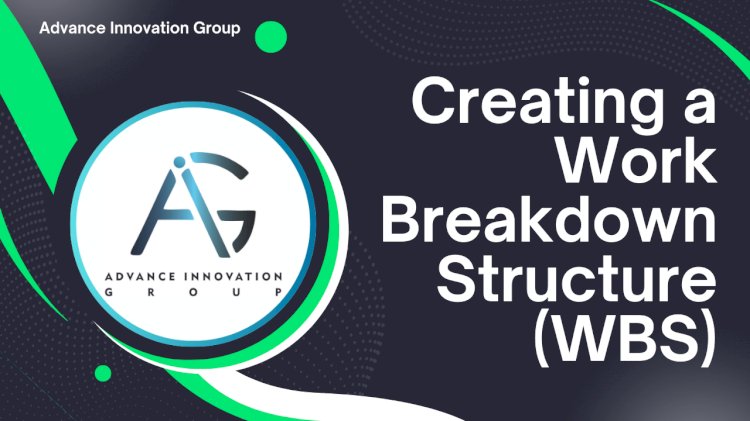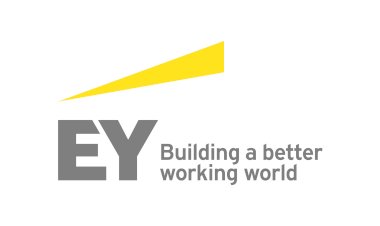Detailed Instructions on Creating a Work Breakdown Structure (WBS)
Learn how to create an effective Work Breakdown Structure (WBS) with our step-by-step guide. Discover best practices for organizing project tasks, defining deliverables, and ensuring project success.

Detailed Instructions on Creating a Work Breakdown Structure (WBS)
A Work Breakdown Structure (WBS) is a hierarchical decomposition of the total scope of work to be carried out by the project team to accomplish the project objectives and create the required deliverables. Below are super detailed instructions on how to create a WBS, terms associated with it, and tools that can aid the process.
1. Understand the Purpose and Benefits of a WBS
What to Consider:
- Clarity: The WBS should provide a clear breakdown of the work required.
- Scope Control: It helps manage and prevent scope creep.
- Resource Allocation: Identifies the resources needed for each work package.
- Cost Estimation: Supports precise cost breakdown and budgeting.
- Scheduling: Forms the basis for a detailed project schedule.
2. Familiarize Yourself with Key Terms
Key Terms:
- Deliverables: Tangible or intangible outputs of a project (e.g., a report, a product prototype).
- Work Package: The smallest unit of work in the WBS that can be assigned, managed, and tracked.
- Level of Detail: Each level of the WBS should provide more detailed descriptions of tasks or deliverables.
- Decomposition: The process of breaking down deliverables into smaller, manageable components.
- Parent-Child Relationship: Higher-level tasks (parent) are divided into more specific subtasks (child).
- 100% Rule: Every level of the WBS should represent 100% of the work defined by its parent level.
- Coding System: A numbering scheme or code used to identify elements uniquely within the WBS (e.g., 1.1, 1.2.3).
- Dictionary: A supporting document describing the content, scope, and boundaries of each WBS element.
3. Identify and Define Project Scope
What to Consider:
- Project Charter: Review the project charter for high-level objectives and deliverables.
- Requirements Document: Understand the requirements and constraints.
- Scope Statement: Use the scope statement to ensure alignment with project goals.
Steps:
- Engage stakeholders to gather input.
- Ensure that all deliverables are included in the scope.
- Validate the scope with key stakeholders.
4. Break the Work into Deliverables
What to Consider:
- Top-Down Approach: Start with the largest deliverables and break them down.
- Bottom-Up Approach: Identify tasks and group them into larger deliverables.
- Hybrid Approach: Combine both methods for flexibility.
Steps:
- Identify major deliverables (e.g., phases, milestones).
- Break each deliverable into sub-deliverables.
- Continue decomposition until work packages are defined.
Things to Be Careful Of:
- Avoid excessive detail that complicates tracking.
- Ensure that no tasks overlap between different work packages.
5. Apply the 100% Rule
What to Consider:
- The sum of the work at each level must equal 100% of the work in the level above.
- No work should be left unaccounted for or included in more than one element.
Steps:
- Continuously review and adjust the WBS during its creation.
- Cross-check with the scope statement to ensure completeness.
6. Create WBS Levels
What to Consider:
- Level 1: The project itself.
- Level 2: Major deliverables or phases of the project.
- Level 3 and Beyond: Sub-deliverables, tasks, and work packages.
Example:
- Level 1: Website Development Project
- Level 2: Design, Development, Testing, Deployment
- Level 3 (Design): Wireframe, UI Design, Mockups
- Level 3 (Development): Frontend, Backend, Integration
- Level 2: Design, Development, Testing, Deployment
7. Define Work Packages
What to Consider:
- Specific and Measurable: Work packages should have clear outcomes.
- Assignable: Each work package must be assignable to a team or individual.
- Timeframe: Each work package should have an estimated duration.
- Budgeting: Assign a cost estimate to each work package.
Steps:
- Clearly document the work to be performed.
- Ensure work packages are granular enough for monitoring but not excessively detailed.
8. Create a WBS Dictionary
What to Include:
- Description of each WBS element.
- Scope, deliverables, and associated activities.
- Resources and assigned responsibilities.
- Start and end dates.
- Acceptance criteria.
Benefits:
- Helps clarify ambiguities.
- Serves as a reference throughout the project lifecycle.
9. Tools for WBS Creation
Manual Tools:
- Whiteboard/Flip Chart: For brainstorming and visualizing WBS elements.
- Spreadsheet Software: Microsoft Excel or Google Sheets for creating WBS tables.
Digital Tools:
- Microsoft Project: Comprehensive tool for creating WBS and managing tasks.
- Lucidchart or Visio: For creating visual diagrams of the WBS.
- Trello or Asana: For organizing tasks in a WBS-like format.
- Mind Mapping Tools: Tools like XMind or MindMeister can visually structure a WBS.
10. Validate and Finalize the WBS
What to Consider:
- Review with stakeholders to ensure completeness and accuracy.
- Cross-check with the project scope to identify any gaps.
- Obtain approval from the project sponsor or steering committee.
Steps:
- Organize a review meeting.
- Discuss each WBS element and its scope.
- Update the WBS based on feedback.
11. Use the WBS for Planning and Execution
Applications:
- Scheduling: Break down WBS elements into tasks and sequence them.
- Resource Planning: Assign resources to specific work packages.
- Budgeting: Estimate costs based on WBS elements.
- Risk Management: Identify risks at the work package level.
12. Regularly Update and Maintain the WBS
What to Consider:
- Changes in scope, resources, or timeline.
- Periodic reviews during project execution.
Steps:
- Use version control for updates.
- Communicate changes to the team and stakeholders.
Common Pitfalls to Avoid
- Over-Complication: Avoid creating overly detailed WBS elements that become unmanageable.
- Missing Elements: Ensure all deliverables and tasks are accounted for.
- Lack of Stakeholder Involvement: Engage stakeholders throughout the WBS creation process.
- No WBS Dictionary: Without a dictionary, WBS elements may be misinterpreted.

 Pranay Kumar
Pranay Kumar 






























khalnayak
me hu don
khalnayak
me hu don
khalnayak
me hu don
">read me me hu don">read me me hu don">read me me hu don">read me me hu don">read me me hu don">read me me hu don">read me me hu don">read me me hu don">read me me hu don">read mekhalnayak
read me read me read me read me read me read me read me read me read me read me